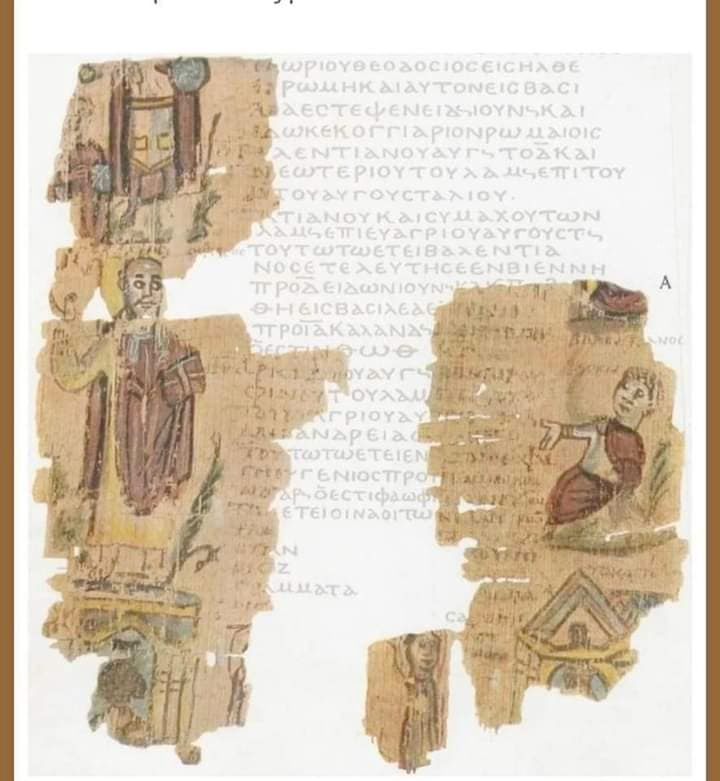Dragged to church and stripped
Scientist who was set on fire
Hypatia of Alexandria
The murder of a controversial scientist
Hypatia was a great ancient scholar who was more interested in science than religion. Although her quest for scientific knowledge was truly admirable, it clouded her judgment. She sometimes forgets or ignores the reality of the world she lives in.

Hypatia's triumphs and fatal ending are a reminder that it takes time for most people to embrace new ideas, and there are always those who dislike change in society. Her death shows the true meaning of religious intolerance and its consequences.
Among the photographs...a planetary astronomer from the workshop of Jean Fusouris in Paris in 1400 is on display in the Putnam Gallery at the Harvard Science Center. Common Woman - Right: Portrait of Hypatia by Jules Maurice Gaspard (1862-1919)
Scientists in ancient times were often accused of witchcraft. Scholars were treated with suspicion. The line between science and superstition was thin. Whether it should be classified as science, magic or occult knowledge was debated.
The story of Hypatia's life has been captured by many generations. It is a sad story of a woman who dedicated her entire life to science and teaching. It is unfortunate for Hypatia that she lived in a time when people valued religion over scientific progress. Today we know that science and religion can coexist and complement each other, but this was not so long ago.
Falsely accused of witchcraft and caught between two religious sects, Hypatia died a gruesome death.
Who is Hypatia?
Not much is known about Hypatia's life. According to historical records, Hypatia was the daughter of a Greek scientist from Alexandria. Her mother is unknown. Hypatia was born in 370 AD. and 350 AD. She grew up in Alexandria, Egypt. It was founded by Alexander the Great.
During Hypatia's time, Alexandria was part of the Roman Empire. Hypatia's father was a mathematician and astronomer, and she probably inherited her scientific curiosity from him. She became interested in the art of interpreting the will of the gods by studying astrology and birdsong. Hypatia did not devote her time to occult studies. She was passionate about mathematics, astronomy, philosophy and she built several scientific instruments. She made many astronomers, but she did not create them.
These instruments were already in use at least 500 years before Hypatia was born.
Astronomers are modern ancient computers used to figure out how the sky looked at a specific place at a specific time. The oldest astronomical knowledge dates back to two thousand years ago.
Astronomy -
Although several sources call her a pagan, there is evidence that she worshiped no god and was not a Christian. Choosing a life without religion was dangerous, especially in an area where Christianity was spreading rapidly. However, religion seems irrelevant to Hypatia, a prominent thinker of the Neoplatonic school of Alexandria.
Among her students were Christians, pagans, and some Jews. Her young male students loved her and although she gained political influence through them, her connections with powerful people did not prevent her from being assassinated.
Hypatia lived alone, never married and was a virgin. Those who tried to have a romantic relationship with her always failed because she was not interested in romantic relationships.
The wonderful treasures buried in the Serapeum were destroyed
In the Serapeum, a temple dedicated to the Greco-Egyptian god Serapis, there was a great treasure trove of valuable literature and works used by Hypatia and her students. Inside the temple was a large blue statue of the god Serapis covered in gold and precious stones. This temple housed a collection of branches of the Great Library of Alexandria.
One person who was interested in getting rid of Seraphim was Pope Theophilus of Alexandria. The Roman Empire declared Christianity the official state religion and persecuted those with other religious beliefs.
Among the photos...
The Vision of the Serapeum remains in Alexandria. Daniel Meyer,
In 391 AD, Theophilus ordered troops to destroy Serapium. It should have been an easy task, but many pagans sacrificed their lives to protect their gods and the treasures housed in the temple. It took some time, but eventually the Christians took control of the temple. The giant statue of the god Serapis was smashed to pieces. Many treasures of the temple were sold and the money distributed among the poor. Burned all the books in the temple and rebuilt the Seraphim into a Christian church.

Although Pope Theophilus was responsible for the destruction of the Serapeum, it should be noted that the Great Library of Alexandria did not exist in any recognizable form for centuries before Hypatia's birth.
AD A depiction of Pope Theophilus of Alexandria with the Gospel in hand, standing triumphantly atop the Serapeum in 391
#blurt #blurtstory #geekpranee #stripped #dragged #srilanka #interesting #church